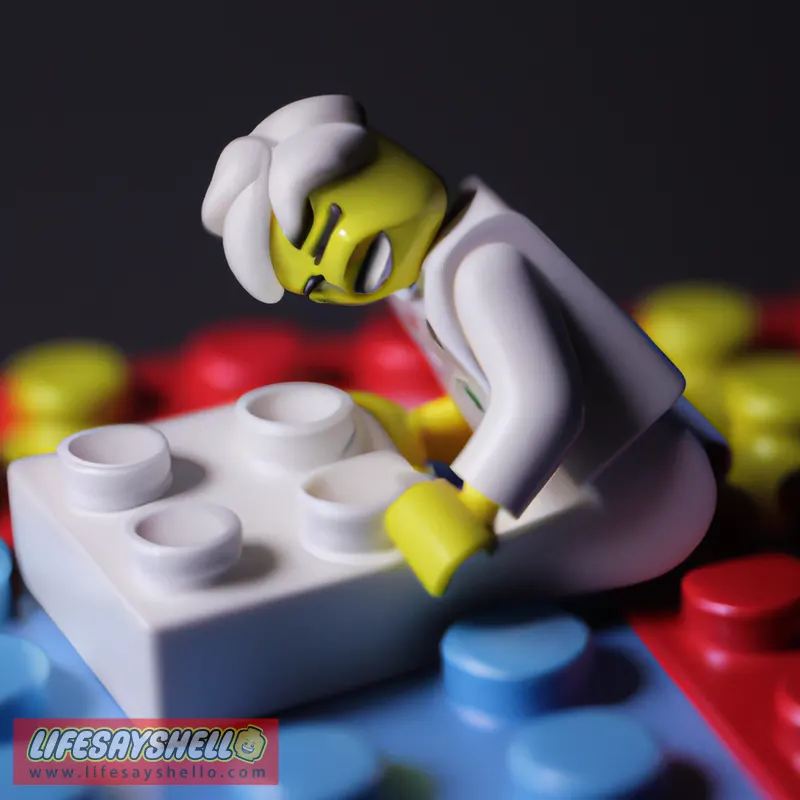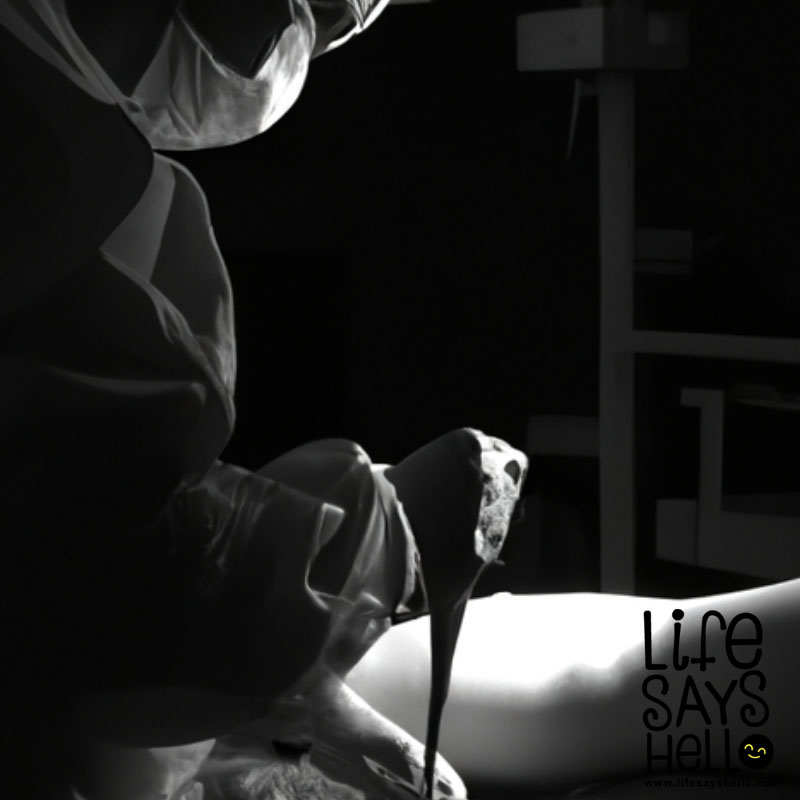How to Relieve Pain After a Massage: Tips and Tricks for Optimal Recovery

Massages are often seen as the ultimate relaxation and stress-relief technique, helping us unwind after a long day or recover from intense physical activity. However, sometimes we may experience pain or discomfort after a massage, leaving us wondering how to find relief. In this comprehensive guide, we'll explore the common reasons behind post-massage pain and provide you with practical tips and strategies to minimize discomfort and promote optimal healing. So, let's dive into the world of post-massage care and learn how to make the most of your massage experience!
Understanding Post-Massage Pain
Before we delve into the tips for relieving pain after a massage, it's essential to differentiate between normal soreness and excessive pain. While it's not uncommon to feel some degree of soreness following a massage, particularly if you've had deep tissue work or if it's been a while since your last session, excessive pain could indicate a problem.
There are several factors that can contribute to post-massage discomfort, including the intensity of the massage, pre-existing injuries or conditions, and individual pain tolerance. By understanding the reasons behind the pain, you can better address it and prevent it from occurring in the future.
Normal Soreness vs. Excessive Pain
Normal soreness is typically characterized by a mild to moderate level of discomfort that lasts for a day or two after the massage. This is often the result of the therapist working on tight muscles and knots, which can cause a temporary increase in muscle tension.
Excessive pain, on the other hand, is characterized by severe discomfort that lasts for several days or longer. This type of pain could be a sign of an injury or an indication that the massage was too intense for your body.
If you're unsure whether the pain you're experiencing is normal or excessive, it's always a good idea to consult with your massage therapist or a healthcare professional.
Tips for Relieving Pain After a Massage
Now that we have a better understanding of post-massage pain, let's explore some effective tips and strategies for alleviating discomfort and promoting healing.
1. Hydration
One of the most crucial steps in relieving pain after a massage is to stay hydrated. Drinking plenty of water helps flush out toxins and metabolic waste that can accumulate in your muscles during a massage, which can contribute to soreness and inflammation. Aim to drink at least 8-10 glasses of water in the 24 hours following your massage to help reduce muscle soreness and promote overall wellness.
2. Ice and Heat
Applying ice or heat to sore muscles can be an effective way to alleviate pain and inflammation after a massage. Here's when and how to use each method:
Ice: Applying ice to the affected area can help numb pain and reduce inflammation. Wrap a bag of ice or a cold pack in a thin towel and apply it to the sore area for 15-20 minutes. Repeat this process every 1-2 hours for the first 24 hours after your massage.
Heat: Applying heat to sore muscles can help relax them and improve blood flow, which can promote healing and reduce pain. Use a heating pad or a warm towel and apply it to the affected area for 15-20 minutes. Be sure to wait at least 24 hours after your massage before applying heat, as using heat too soon can increase inflammation.
3. Gentle Stretching
Performing light stretches after a massage can help improve flexibility, reduce muscle tightness, and alleviate pain. Focus on stretching the specific muscles that were worked on during your massage, but be sure to listen to your body and avoid overstretching or causing further discomfort. Hold each stretch for 15-30 seconds and repeat 2-3 times for optimal results.
4. Epsom Salt Bath
Soaking in an Epsom salt bath is a popular and effective method for relaxing muscles and soothing aches and pains after a massage. Epsom salts contain magnesium, which can help reduce inflammation and promote muscle relaxation. To create an Epsom salt bath, simply dissolve 1-2 cups of Epsom salts in a warm bath and soak for 15-20 minutes. Be sure to hydrate before and after your bath, as soaking in warm water can cause dehydration.
5. Over-the-Counter Pain Relievers
In some cases, over-the-counter (OTC) pain medications can be used to manage post-massage discomfort. Nonsteroidal anti-inflammatory drugs (NSAIDs), such as ibuprofen or naproxen, can help reduce inflammation and alleviate pain. However, it's essential to use these medications as directed and consult with your healthcare provider if you're unsure whether they're appropriate for you.
6. Rest
Giving your body time to recover and heal after a massage is crucial for reducing pain and promoting overall wellness. Avoid intense physical activity for at least 24 hours after your massage, and be sure to get plenty of sleep to help your body repair itself.
7. Massage Follow-Up
If you're still experiencing pain or tightness several days after your massage, it may be beneficial to schedule a follow-up session with your massage therapist. They can help address any lingering issues and provide additional guidance on how to prevent pain in the future.
Preventing Pain in Future Massage Sessions
While some soreness after a massage is normal, there are steps you can take to minimize discomfort and ensure a more enjoyable experience during future sessions.
Communicate with your massage therapist: Be open and honest with your therapist about your pain tolerance, any areas of concern, and the pressure you prefer. This will help them tailor the massage to your specific needs and prevent unnecessary discomfort.
Gradually increase the intensity: If you're new to massage or haven't had one in a while, it's a good idea to start with a lighter pressure and gradually increase the intensity over time. This can help your body adjust to the massage and minimize the risk of injury or excessive pain.
Incorporate regular massages into your self-care routine: Regular massages can help improve muscle flexibility, reduce tension, and prevent pain. Aim to schedule a massage at least once a month, or more frequently if you have chronic pain or stress.
Conclusion
In conclusion, experiencing some pain after a massage is not uncommon, but with the proper post-massage care and pain relief strategies, you can minimize discomfort and promote optimal healing. Remember to listen to your body, prioritize self-care, and communicate with your massage therapist to ensure a positive and enjoyable massage experience.




Comments